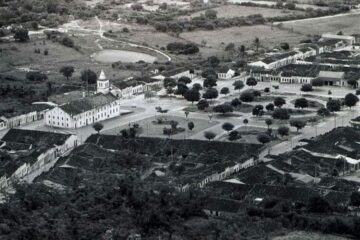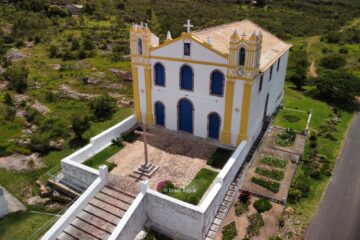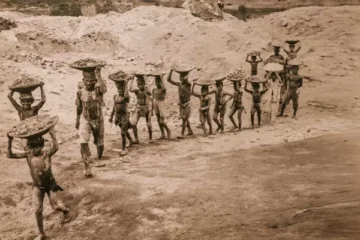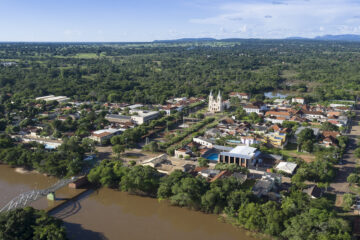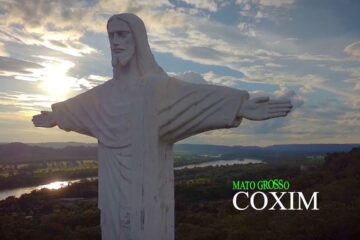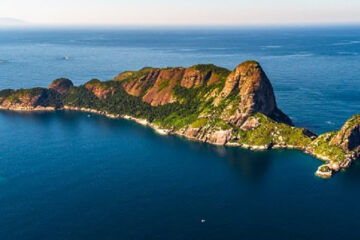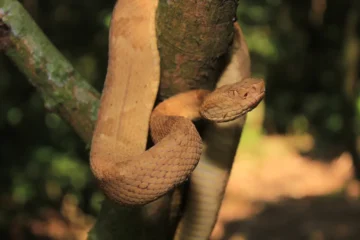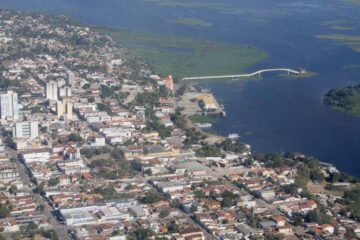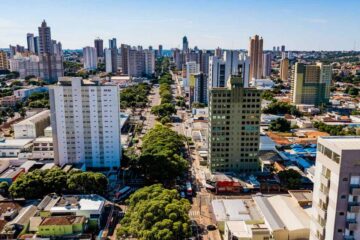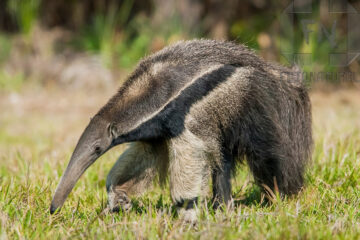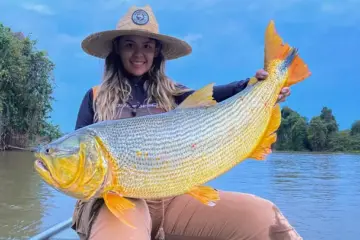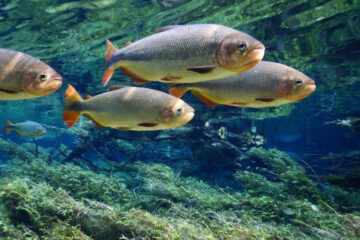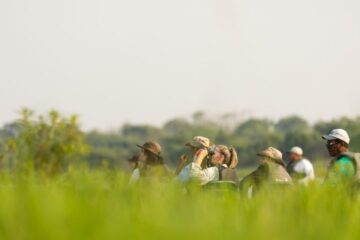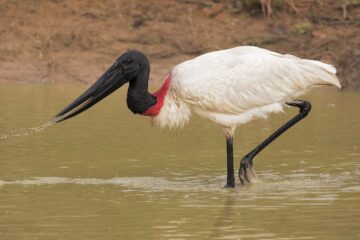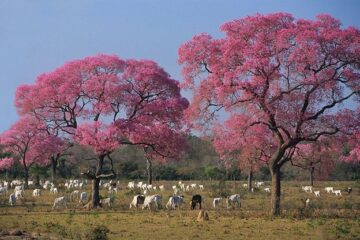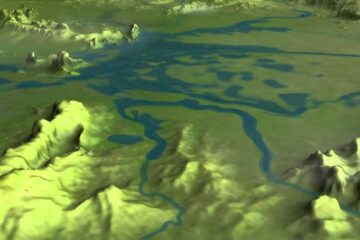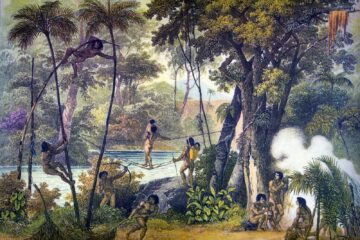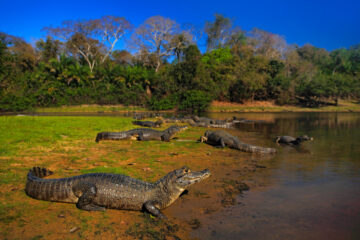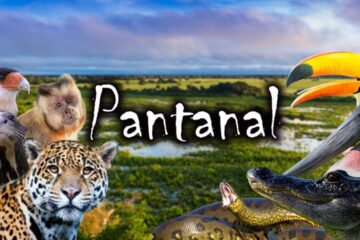Este post também está disponível em:
Português
English
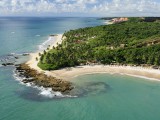
The beauty of the beaches on the coast of Paraíba combined with the tranquility and safety of the cities make Paraíba the ideal itinerary for your trip.
The beaches on the coast of Paraíba are the main attractions of the region.
With a temperature of about 28º C all year round, the Paraíba is an invitation to tourism.
It is proud to see the first rays of sunlight in the Americas (Ponta do Seixas), to have the first beach in the Northeast to practice naturism (Tambaba) and even to have a soundtrack.
João Pessoa on the coast of Paraíba, for its privileged location (it is in the center of the coast of Paraíba) is the starting point to know the beautiful coast of Paraíba. Founded in 1585 it manages to combine history and nature.
João Pessoa is well known for having one of the largest urban green areas as well as for the strict municipal legislation that limits buildings by the sea to a maximum of 3 floors.
Beaches along the coast of Paraíba
- Urban Beaches of João Pessoa PB
- North Coast of Paraíba
- South Coast of Paraíba
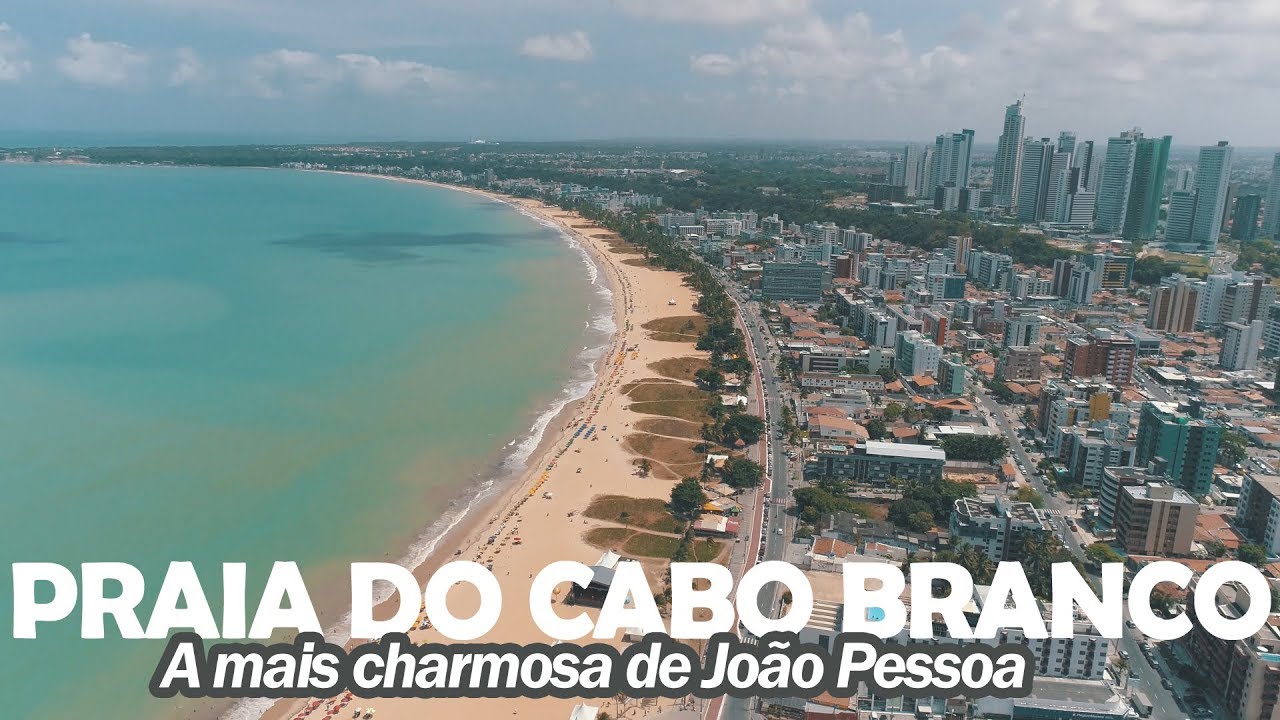

Praia de Tambaú, Cabo Branco e Ponta do Seixas - P 113:09
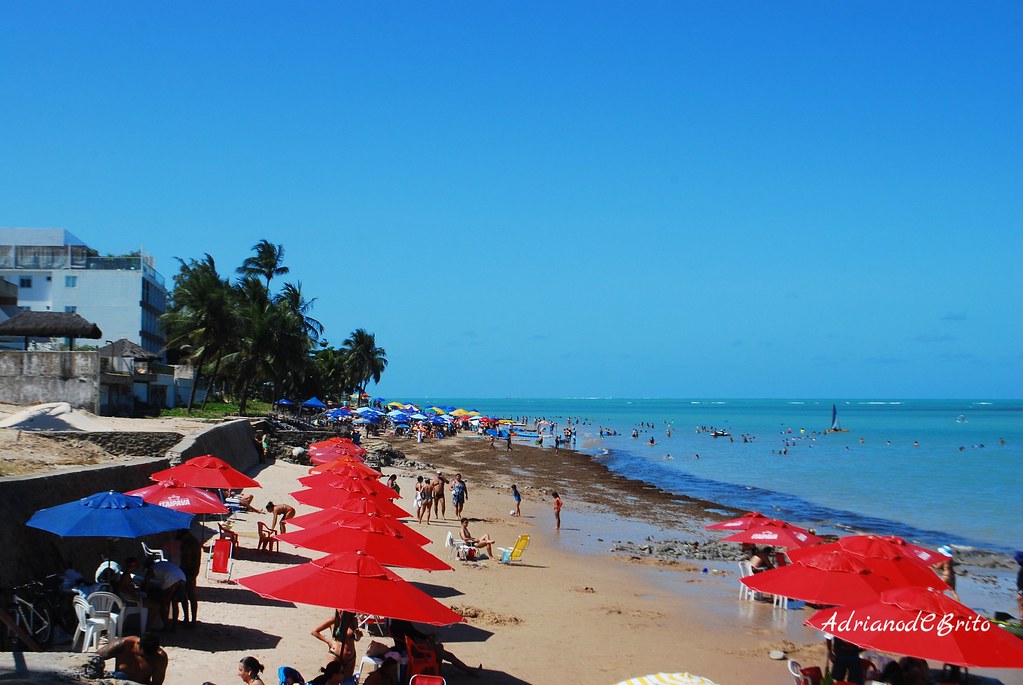
Praia de Manaíra, Bessa e Caribessa - Parte 213:43
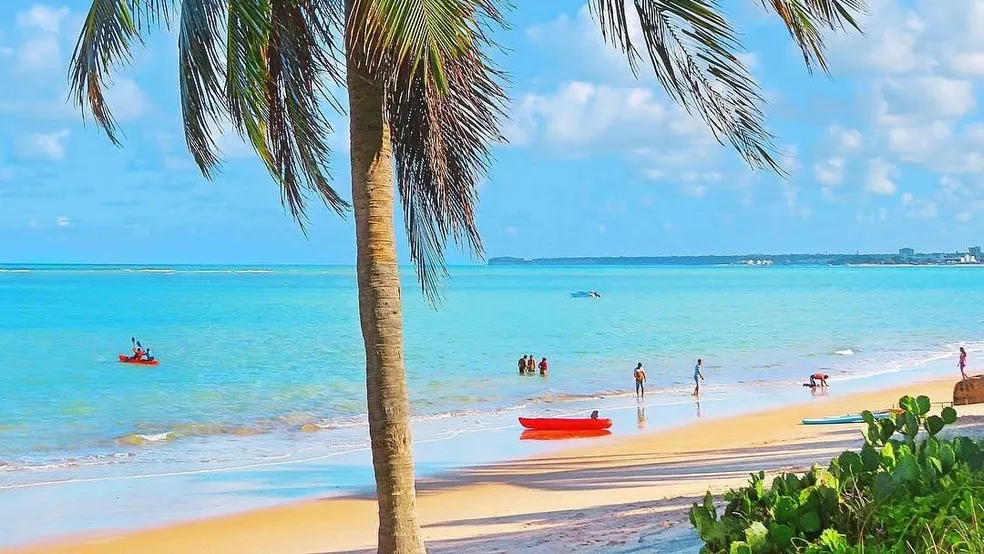
Praia do Bessa em João Pessoa PB13:37
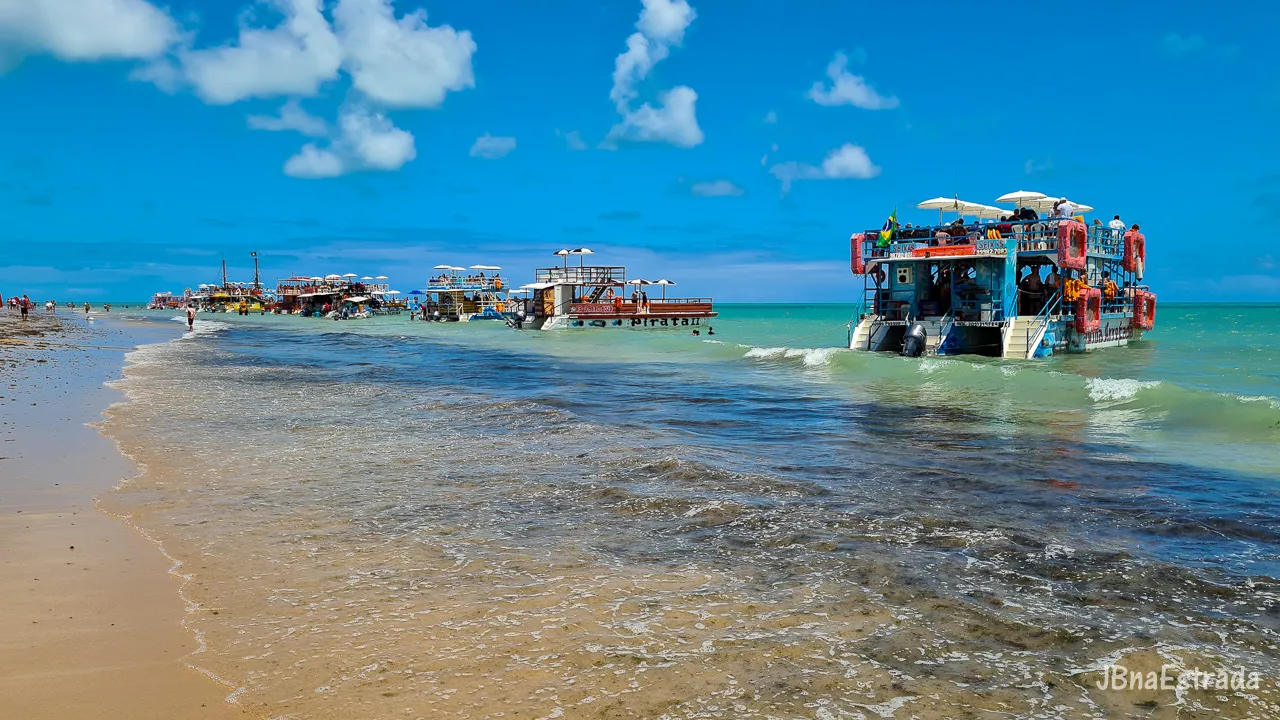
Praia de Cabo Branco e Tambaú em João Pessoa PB05:45
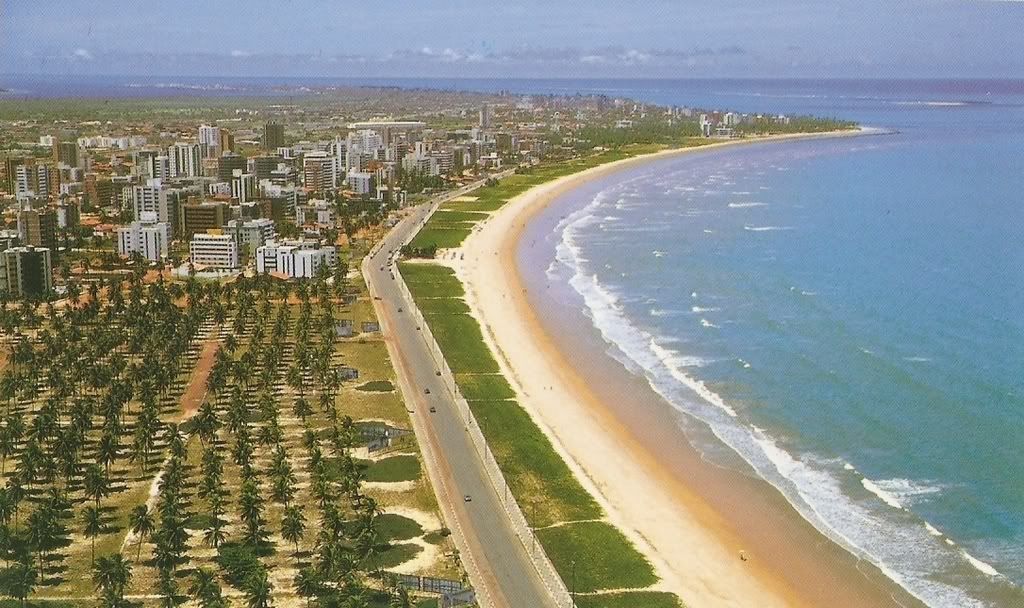
Praia de Intermares em Cabedelo PB
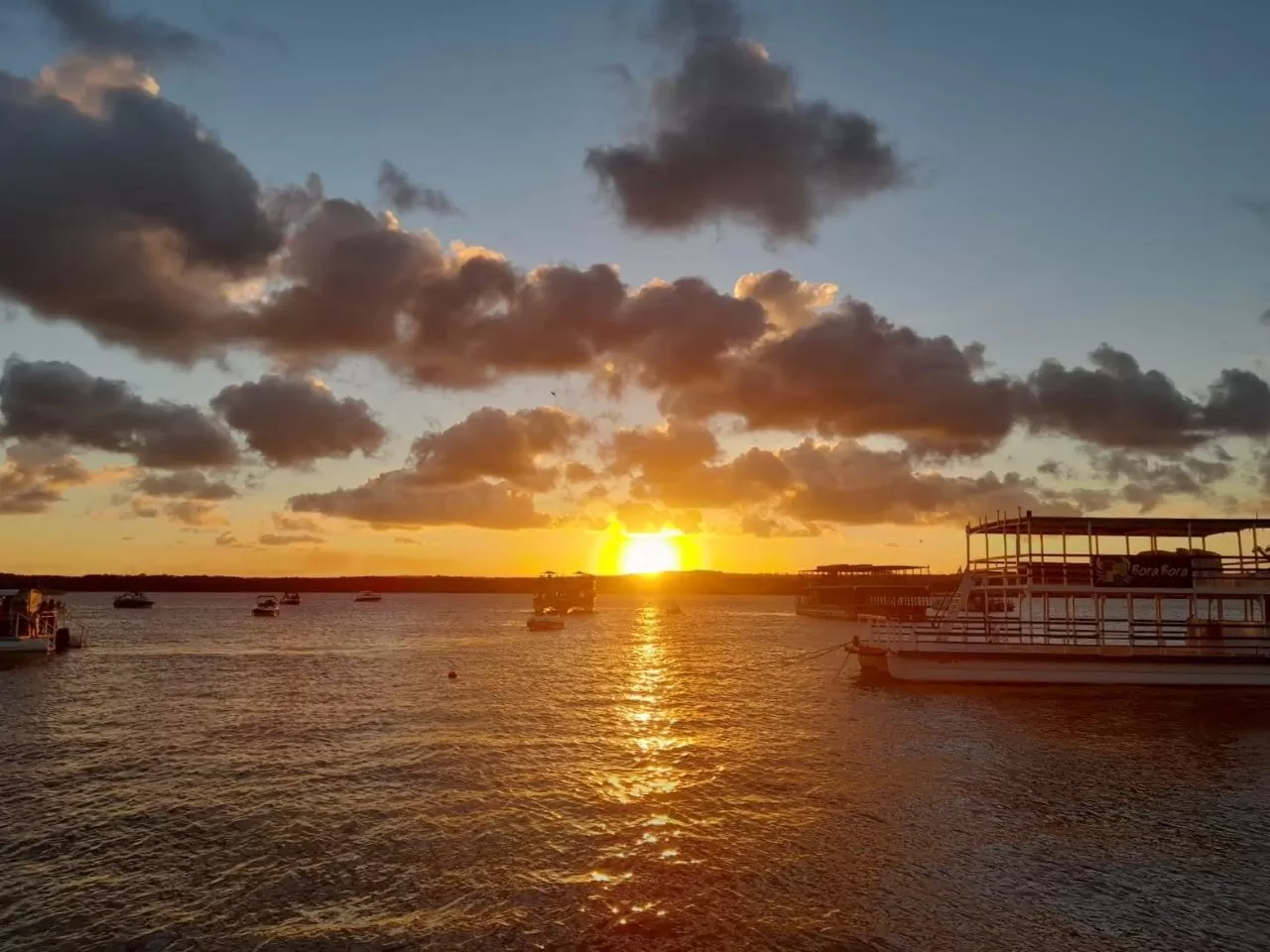
Praia do Jacaré em Cabedelo PB06:47
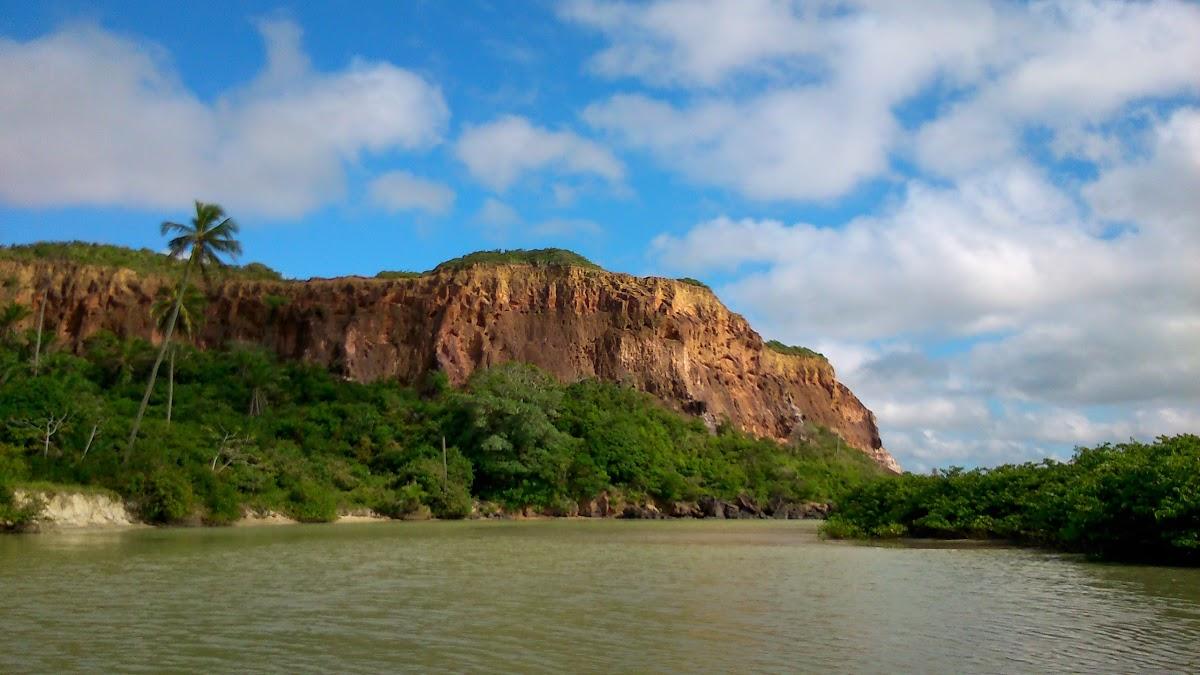
Lucena PB - Guia de Turismo04:12
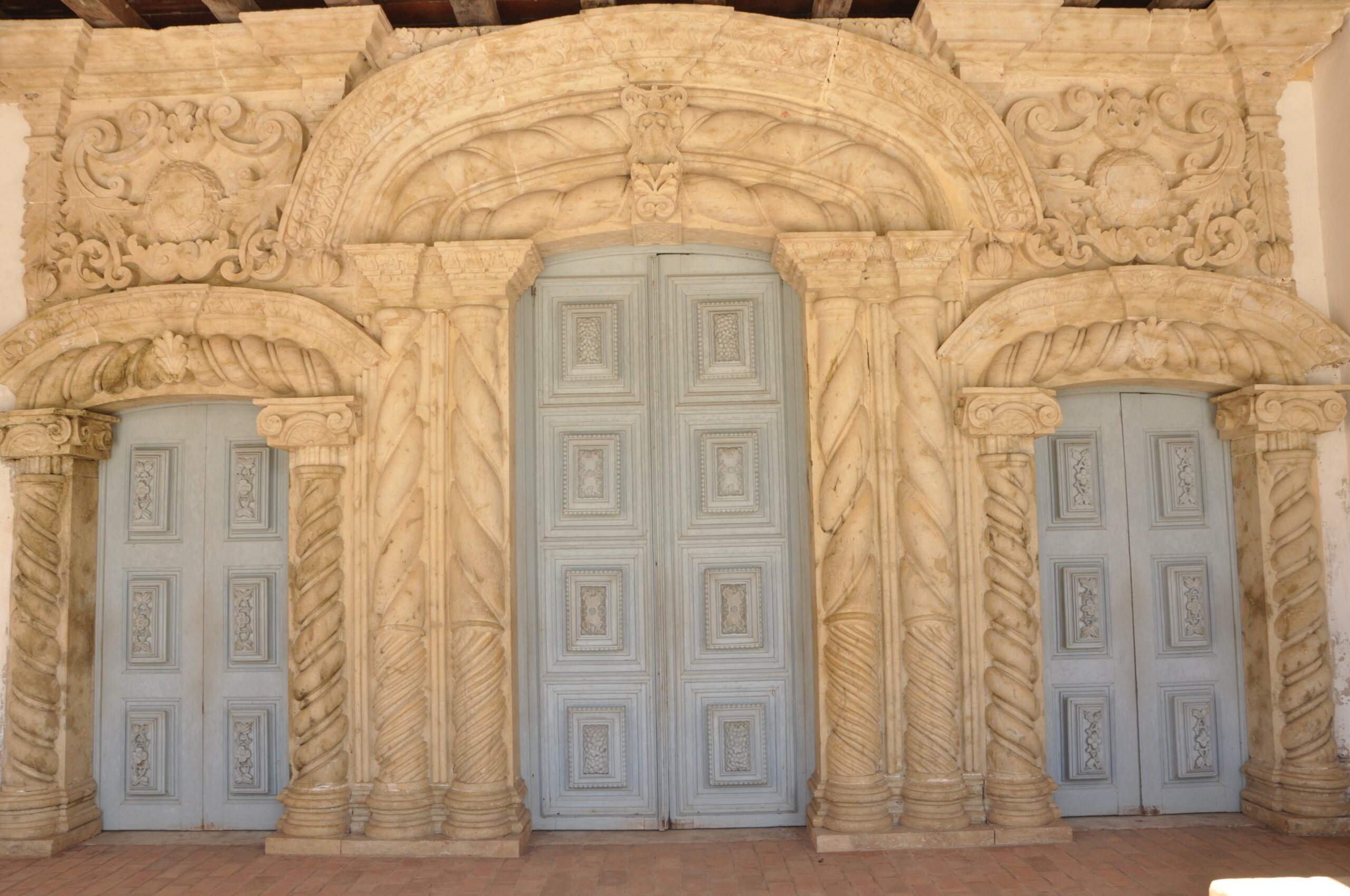
Igreja de Nossa Senhora da Guia em Lucena PB04:57
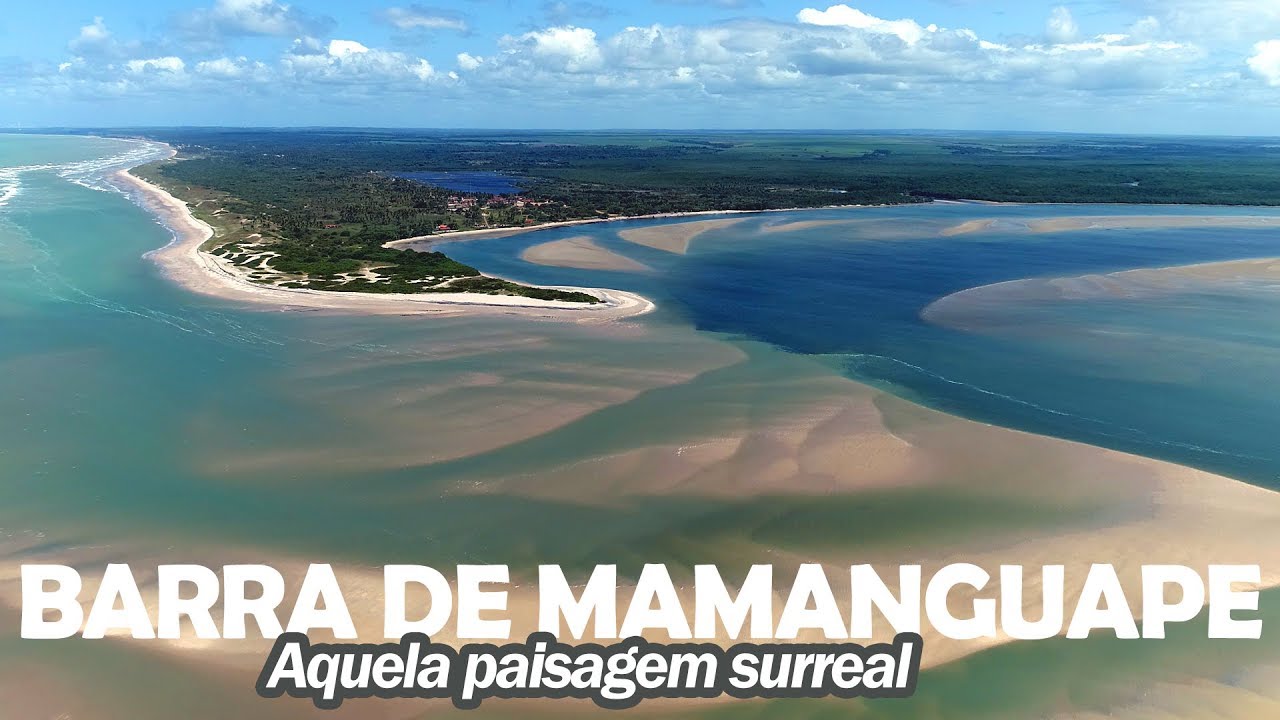
Barra de Mamanguape PB14:46
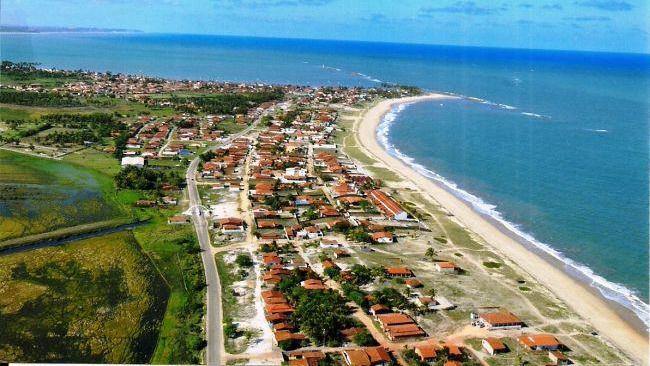
Baía da Traição PB13:17
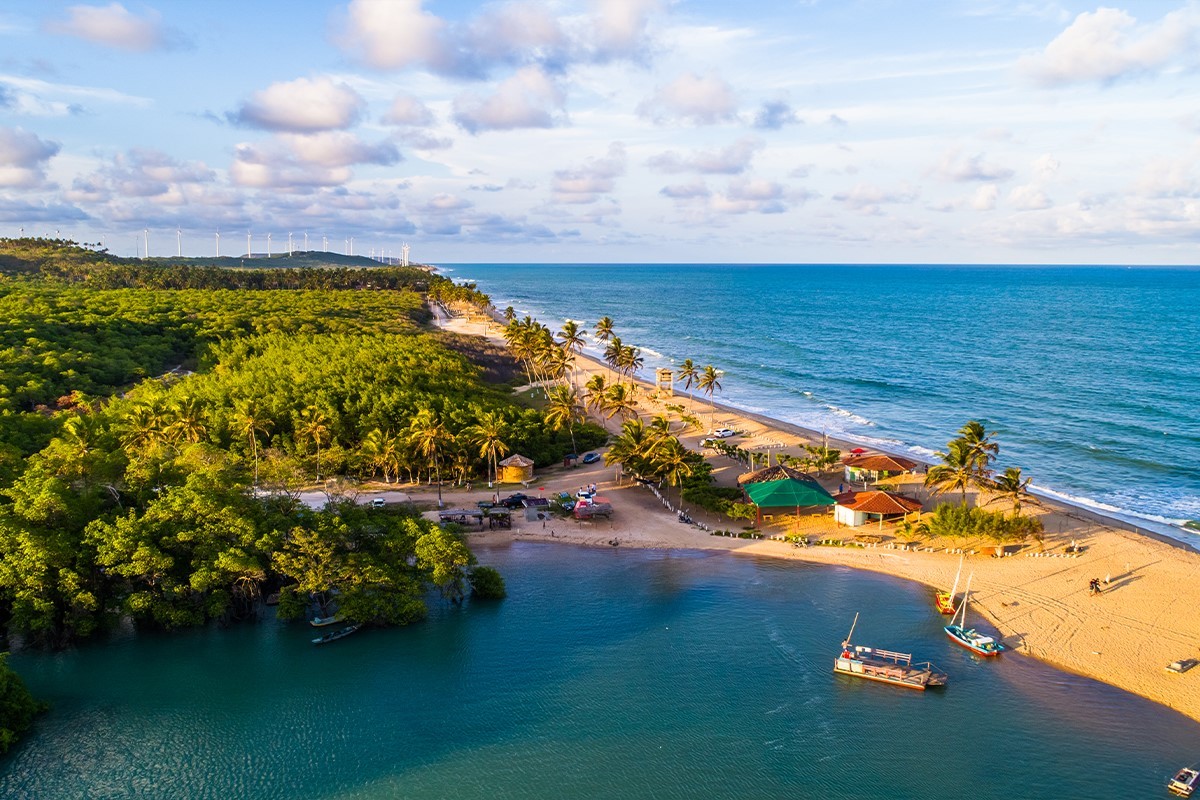
Barra de Camaratuba PB01:22
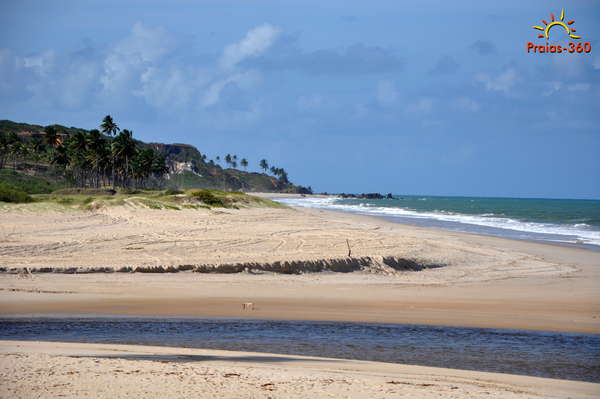
Praia Bela e Barra do Graú - Pitimbu16:33
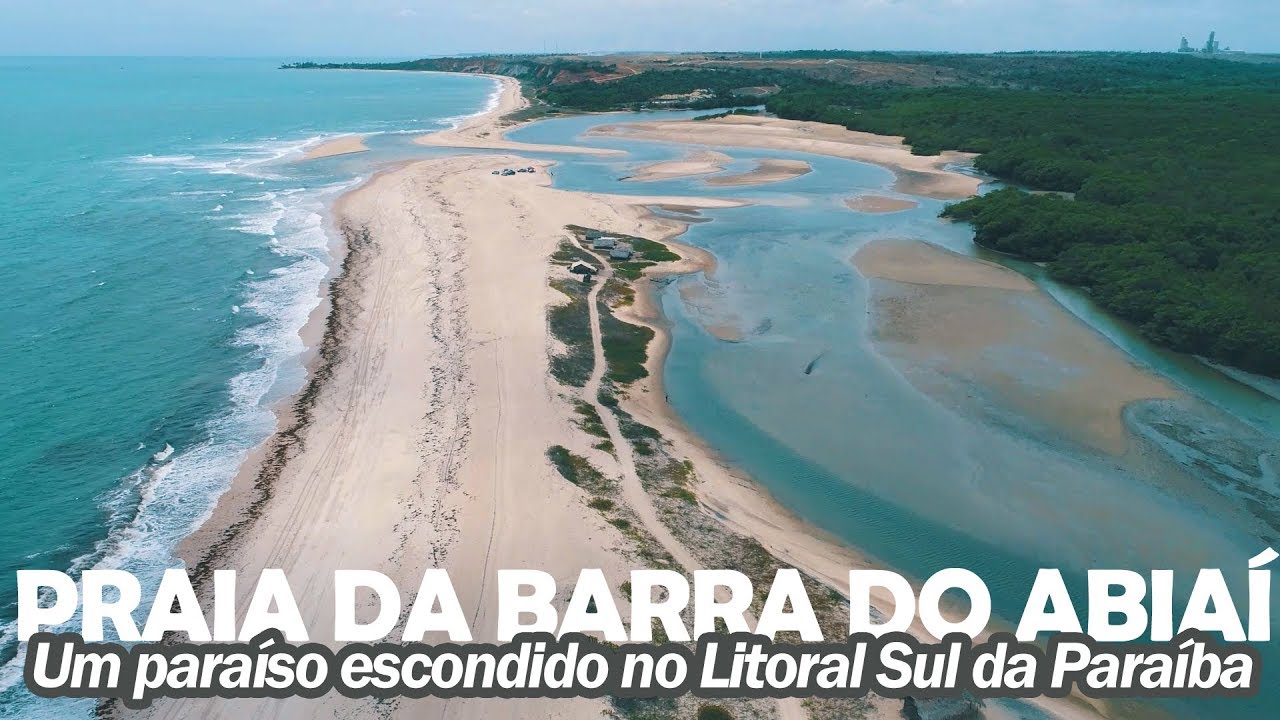
Praia da Barra do Abiaí - Pitimbu07:56
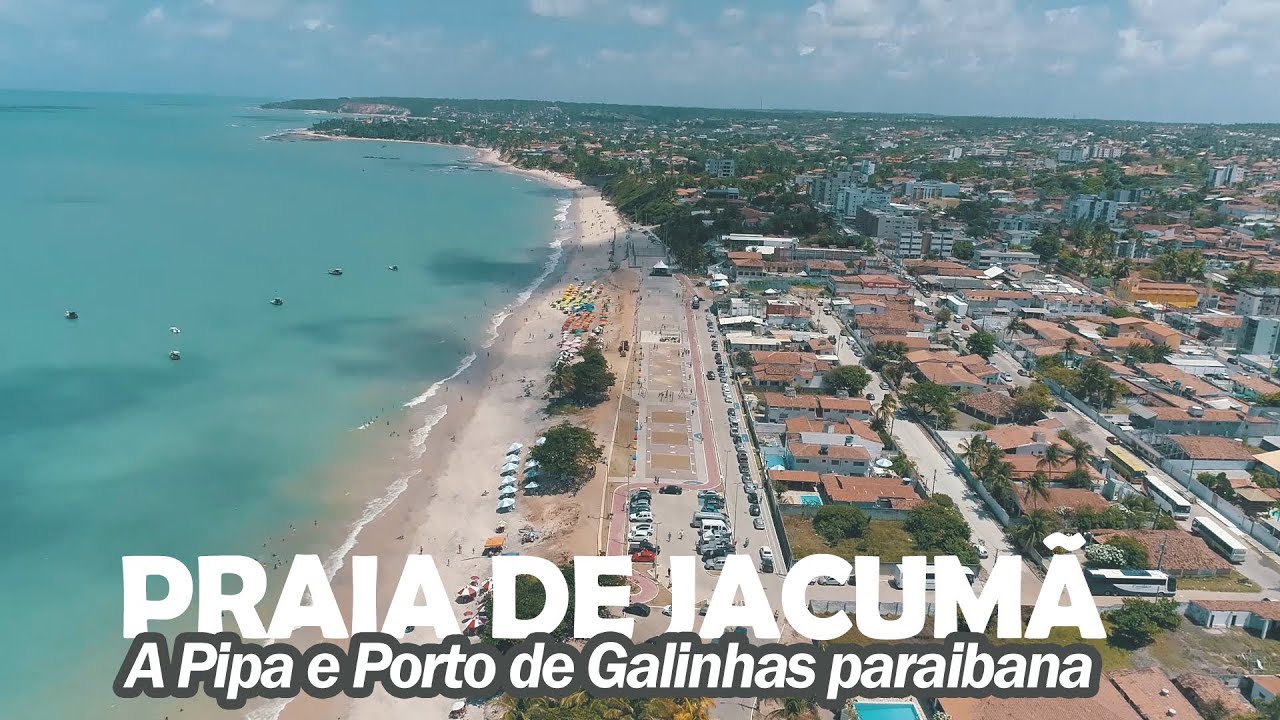
Praia de Jacumã - Conde08:58
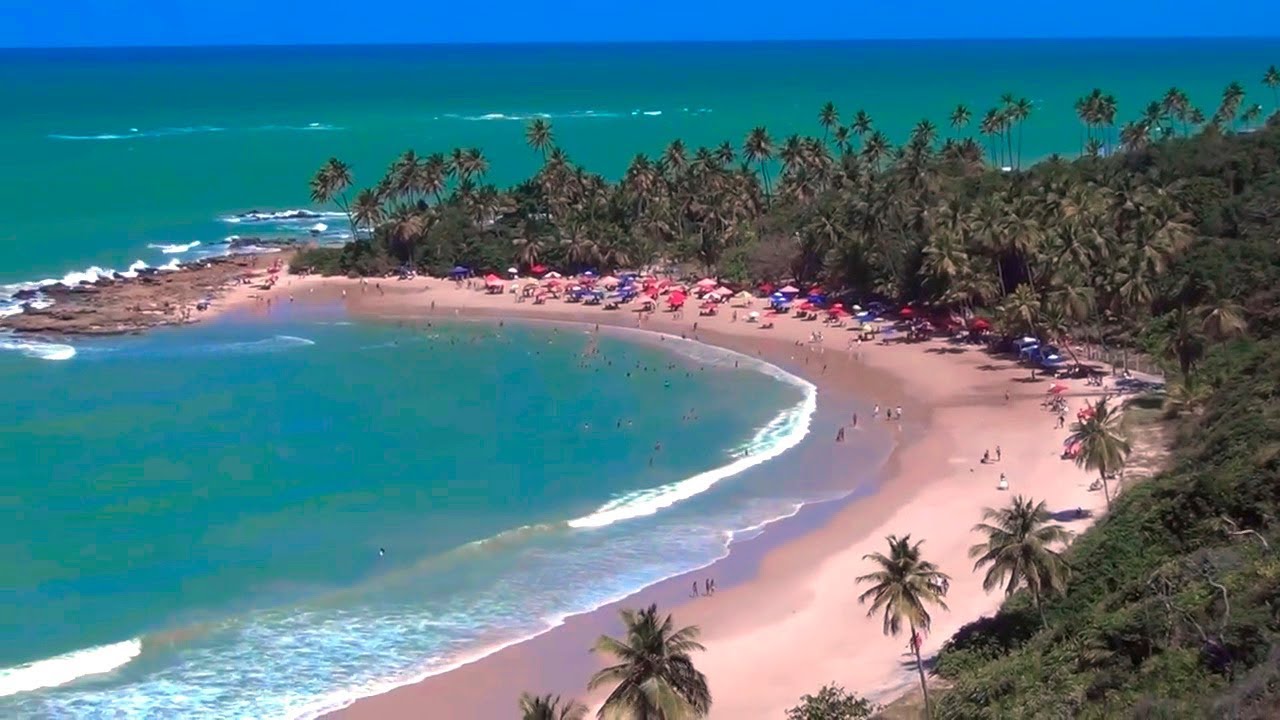
Praia de Coqueirinho - Conde16:12
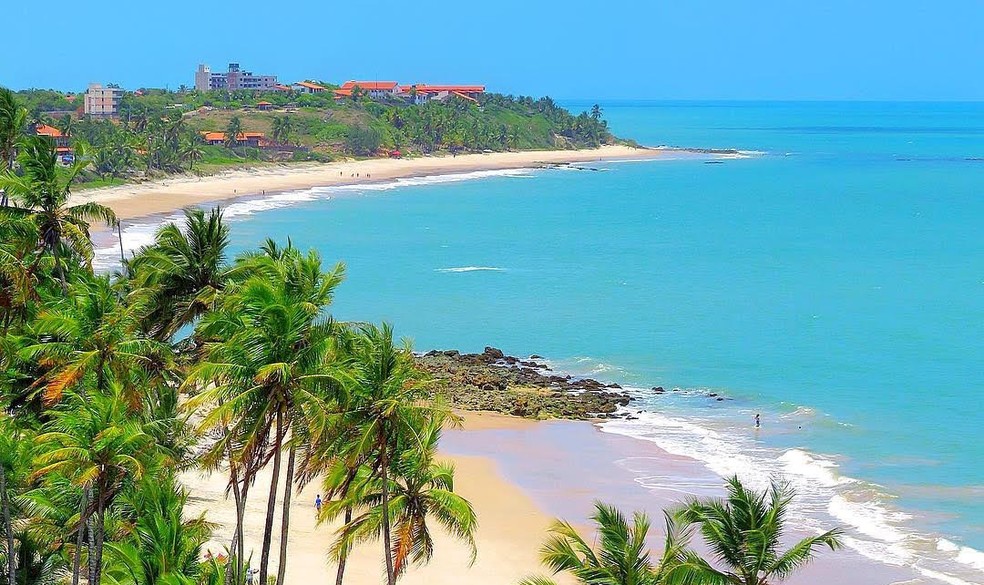
Praia de Tabatinga na Paraíba10:45
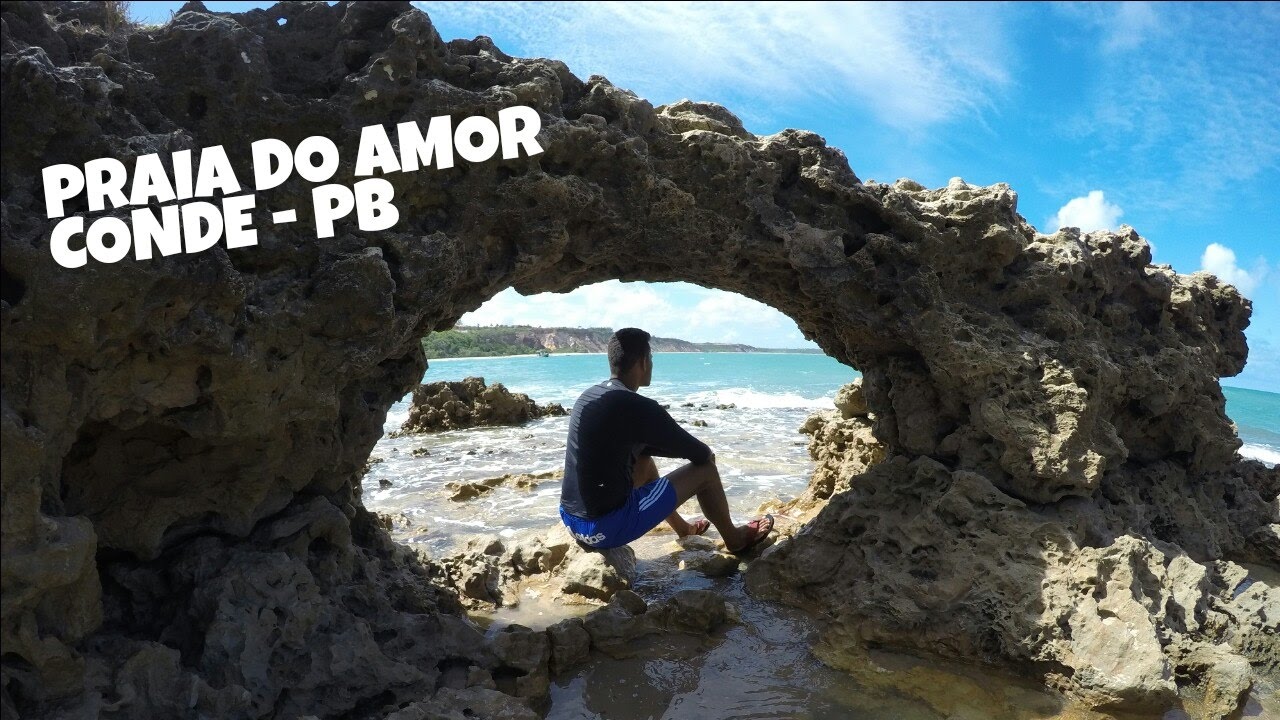
Praia do Amor - Conde10:52
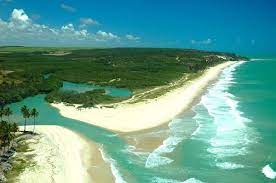
Barra do Graú na Paraíba02:01
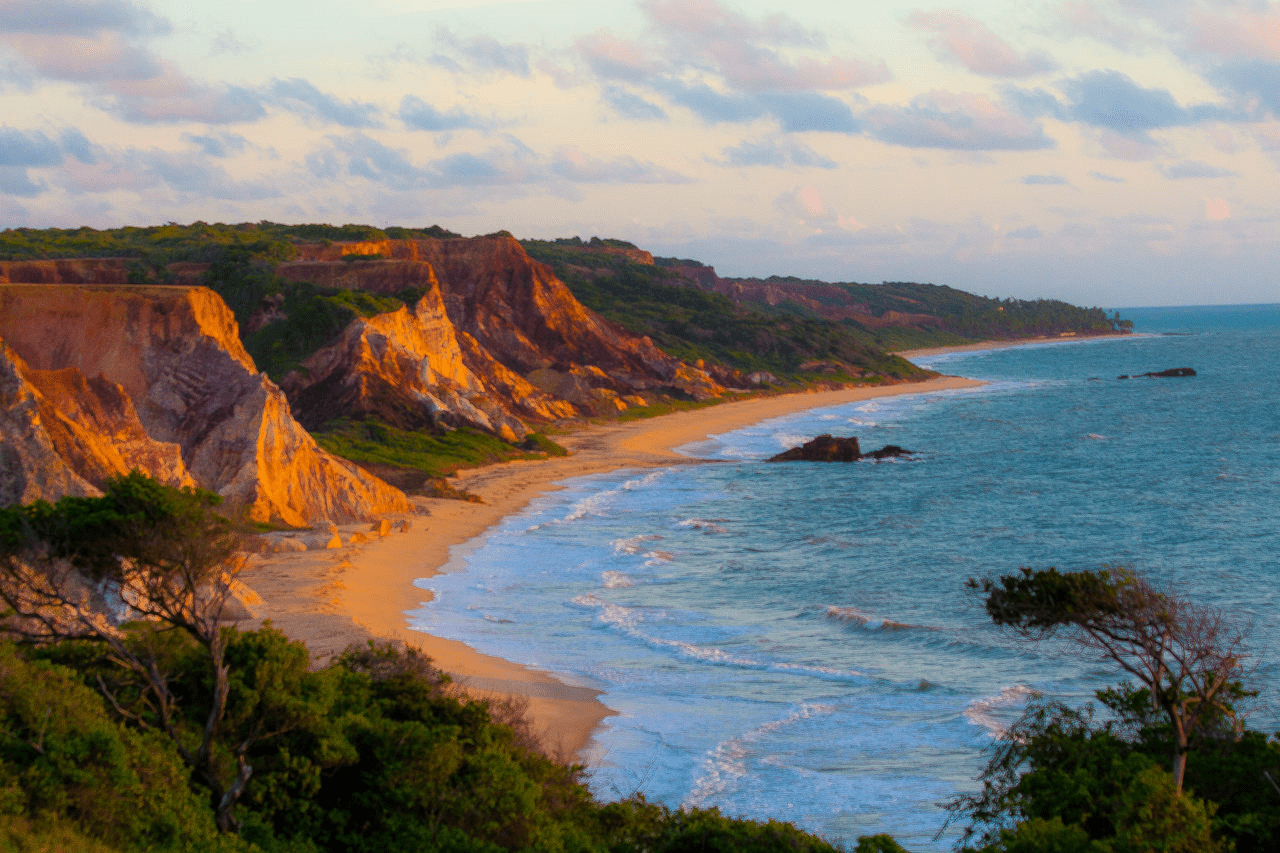
Praia de Tambaba na Paraíba03:36
Contrast between the South and North Coast of Paraíba
a. North Coast of Paraíba
Paraíba’s North Coast is full of surprises. 18 km away from the capital João Pessoa, we have the port city of Cabedelo.
Small, but full of curiosities. Kilometer zero of the Transamazon highway begins on the coast of Paraíba.
It is there that we have the famous and unique sunset of Jacaré, where the musician Jurandir do Sax broke the record that appears in the Guinnes Book, for performing for more than 20 years the Bolero de Ravel.
Heading north, we have the town of Lucena with its exotic beaches and secular churches. But it is in Mataraca that we find indigenous villages of the brave and resistant Potiguaras.
On the border with Rio Grande do Norte is the town of Baía da Traição, with its old Portuguese cannons, white sandy beaches and Indian villages.
b. South coast of Paraíba
The south coast of Paraíba is a whirlwind of surprises for visitors. Estuaries, cliffs that resemble kaleidoscopes, wild beaches, reefs and a turquoise sea that mesmerizes tourists.
Other attractions are the cuisine based on seafood, fruits and vegetables without pesticides, ecological trails and the possibility of living unique experiences in the Quilombola communities in the cities of Conde and Pitimbu. Two important tourist cities on the south coast of Paraiba.
In Conde, the tourist has the possibility to know a unique coastline, differentiated, exotic and with 10 beaches with unforgettable look.
The most traditional and known nationally and internationally are those of Tambaba and Coqueirinho. Tambaba is 40 km from the capital, and in it Naturism is practiced, and it is the first official beach in the Northeast region and the second in Brazil.
See also Best beaches in João Pessoa, south and north coast of Paraíba
1. Urban Beaches of João Pessoa PB
There are 30 kilometers of a privileged combination of infrastructure with busy urban beaches.

The most visited beaches of João Pessoa are Penha, Ponta do Seixas (Far Eastern Point of the Americas, where the sun rises first on the continent), Cabo Branco, Tambaú, Manaíra and Bessa.
1.1 Praia do Cabo Branco and Praia de Tambaú
Although the neighborhoods are different,the beaches of Cabo Branco and Tambaú are the same, with no physical separation.

On these beaches, the most popular in João Pessoa, there are cyclists, walkers, bathers, a number of guesthouses, snack bars, bars, kiosks and restaurants nearby.
Every day, there are also boat trips from Tambaú to Picãozinho, where tourists and diving fans frequent.
1.2 Manaíra Beach
While the beaches of Tambaú and Cabo Branco are a continuous line, the border is clearer with Manaíra beach, next to the flashy Tambaú Hotel.
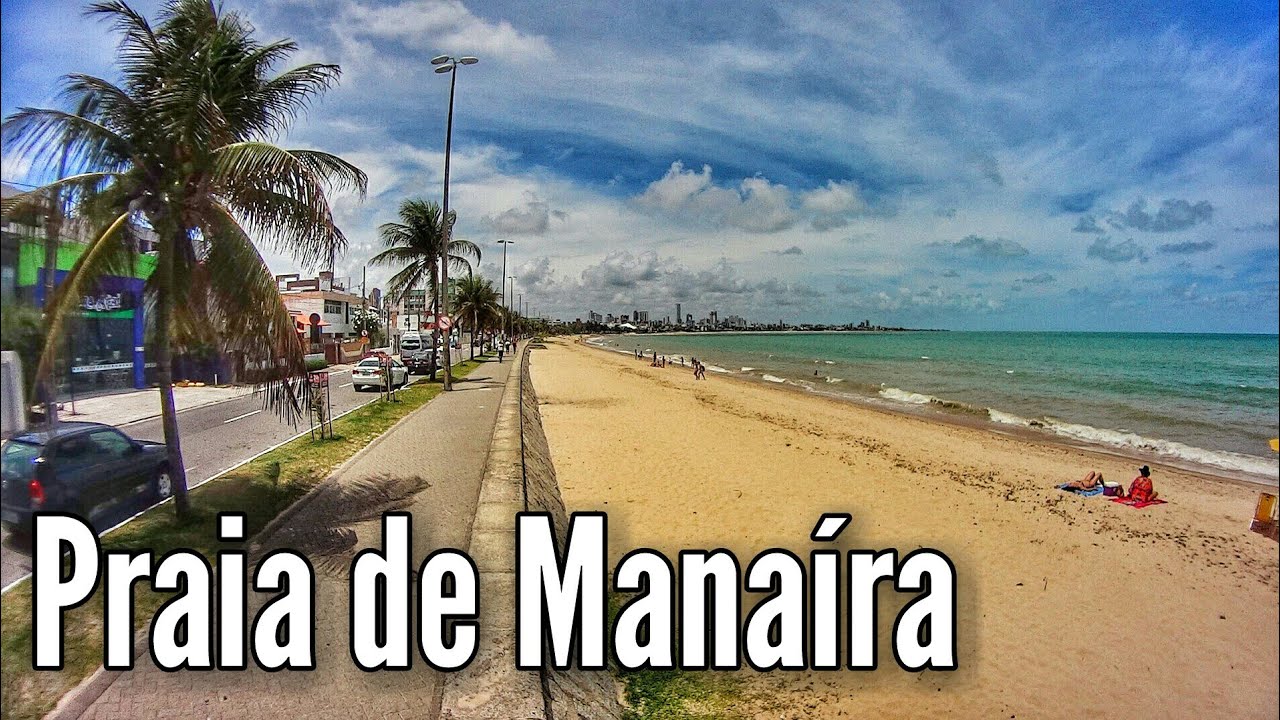
The structure is good, with kiosks and beach huts and many coconut trees, and it is quieter than its neighbors, great for a good walk or bike ride!
During high tide, the sands can be taken over by sea water. During this period it becomes difficult to transit, but it becomes a beautiful sight, with the waves crashing against the boardwalk!
1.3 Praia do Bessa
Being located near a residential area in João Pessoa, this beach is more frequented by families and city dwellers.
Still, being one of the longest beaches, it has a good variety of attractions and audiences.
In one of its regions, during low tide, natural pools surrounded by corals are formed, which attract more public, especially divers!
1.4 Cabo Branco Beach and Ponta do Seixas Beach
The biggest attraction of João Pessoa on the coast of Paraíba, without a doubt, is Cabo Branco (10 km away) and Ponta Seixas.
Cabo Branco on the coast of Paraíba, with a 40-meter wall of limestone, was once considered the easternmost point in America and lost this title to Ponta Seixas (3 km further south).
Marine erosion, which over the years has caused its waves to erode Cabo Branco and deposit these sediments at Ponta Seixas (making it larger) was responsible for this phenomenon.
From the Cabo Branco Lighthouse on the coast of Paraíba, which is located on top of a cliff, we can observe in detail all the curiosity of this phenomenon.
Tourist map of João Pessoa in Paraíba
1.5 Cabo Branco Lighthouse
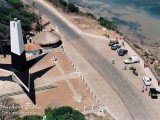
The Cabo Branco Lighthouse is located at Ponta de Seixas, eastern end of the American continent, with a longitude of 34º 47′ 38″.
From its viewpoint the tourist can enjoy the beauty of the Atlantic Ocean and, on the sides, the coast of Paraiba and its beautiful beaches.
A view that remains in the memory of every visitor, from where you can see the entire coast of Paraiba, the transparency of the waters and feel the sea breeze beating lightly on your body.
On the other side of this magnificent pier we find Cabo Branco Beach on the coast of Paraíba, a beautiful and long cove that leads to the busiest part of João Pessoa.
Avenida Cabo Branco is a veritable center of seaside bars, where Rafa, Morena, Costa do Sol, Coqueirinho, Tubarão, Deusa do Mar, Cancún, Vip’s and Onda do Mar line up.
When in doubt, try them all, comparing seafood dishes and local fruit shakes.
João Pessoa has good urban beaches with clear, calm and clean waters. The reefs form natural pools ideal for children. Cabo Branco is extensive, with coconut trees and cliffs.
Its lane to the beiramar is interdicted in the early hours of the morning where the cars give way to the Cooper of residents and tourists.
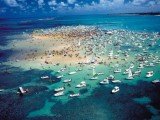
1.6 Poço Beach
Praia do Poço in João Pessoa, the famous sandbank known as Red Sand, where natural pools and warm waters give a special touch to the place, which is one of the most beautiful tourist spots on our coast.
1.7 Tambaú Beach
Tambaú Beach works like a little center by the sea.
There is everything there. Good hotels, great restaurants, a busy promenade, craft fairs with 128 stores and an information office of the Paraibana Tourism Company (PBTur), among other things.
Tours, such as to Picãozinho which is one of the paradises of the city of João Pessoa, where we find a formation of reefs with natural pools that reach a temperature of 28ºC, depart from its sands.
At full moon, the hotels organize serenades over the warm water, a perfect integration of man with nature. An obligatory stop for tourists.
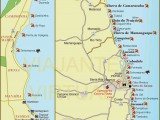
From the Tambaú pier, boats depart towards Picãozinho, one of the marine paradises of the capital of Paraíba.
It is a formation of reefs located two miles from the coast, and that cut natural pools of warm temperature (28ºC).
Here the water is transparent, allowing full view of the flora and the varied little fish that come to eat at the hand of the bathers. However, a mask and snorkel are not dispensable.
A waterproof camera is also a good idea. As for transportation, there are everything from fishermen’s boats to a catamaran-bar, but the important thing is to get to Picãozinho.
During the full moon, hotels and operators organize serenades over the warm water, combining romance with perfect integration with nature.
See the map of the beaches of Paraíba
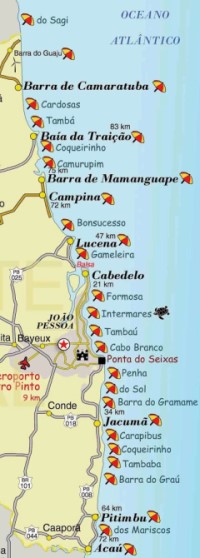
2. North Coast of Paraíba
The North Coast is made up of 19 beaches that are spread over five municipalities in Paraíba.
In the municipality of Cabedelo, for example, the beaches of Camboinha, Ponta de Campina are an option for those who go with children for the tranquility of their waters.
It is from these beaches that catamarans and speedboats also leave for the island of Areia Vermelha.
Barra de Camaratuba, Baía da Traição and Lucena are also beaches that make up this third part of the Paraiba coast.
Heading north, about 18 kilometers from João Pessoa, you reach the port city of Cabedelo, whose population of 30,000 rises to 100,000 in high season.
There are some of the most coveted beaches on the coast of Paraíba.
The first beach to stand out is the Praia do Jacaré, a river beach whose sunset, being one of the most beautiful in the region, is also the main responsible for the massive presence of tourists in its bars, restaurants and marinas.
From Jacaré you go to Praia de Formosa, Areia Dourada, Camboinha, Poço (which has been listed by the Historical Heritage) and Intermares. Intermares.
With the exception of the latter – where the sea is conducive to surfing – all the beaches of Cabedelo are true natural pools of warm and calm waters, ideal for the enjoyment of children and the elderly and for the practice of the most varied nautical sports.
From Cabedelo on the coast of Paraíba, you can reach the northern end of the coast, the quiet Lucena, by ferry or boat.
Next to the beaches of Costinha, in the estuary of the Paraíba River, Fagundes and Ponta do Lucena, the coconut trees reign absolute in the landscape.
The Praia de Lucena is still the most frequented in the area, almost tripling its population during festive periods such as Carnival.
2.1 Cabedelo
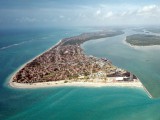
As soon as they arrived in the region of the Paraíba River, the Portuguese felt the need to fortify the entrance by sea of the newly created Nossa Senhora das Neves.
This is how Cabedelo came to be – as a kind of guardian of the capital of Paraíba, from which it is only 18 kilometers away. Little remains, however, from that period. Among the remains is the Fortaleza de Santa Catarina, whose first construction dates back to 1589 (Rua Francisco Serafim, s/n).
A spectacle that takes place on the river beach of Jacaré has already become known outside the boundaries of Cabedelo – and the state itself.
Another good program in Cabedelo is to take the ferry to Costinha , district of Lucena. The ride takes 15 minutes.
Don’t be alarmed if you see a bus next to the ferry.
In fact, it is a body of this type of vehicle placed on top of a motorboat, which carries out the transportation to the other side of the estuary at a more affordable price – which is why it has become the preferred means of crossing for residents.
In Costinha, be sure to visit the Church of Nossa Senhora da Guia, built in the 16th century, rebuilt in the 18th and still charming, with its façade of carved stonework depicting tropical fruits; inside the rococo altars, from the mid-18th century, are also made of carved stone (estr. de Lucena, km 4).
In the municipality of Cabedelo, north of João Pessoa, we find the Mar do Macaco, the beach of Intermares where the water park Intermares Water Park is located, as well as the beach of Poço.
The Praia do Jacaré is the place where you can see the most beautiful sunset.
Still in the municipality of Cabedelo, is the most visited beach on the coast, Camboinha, which in the summer season is crowded.
It is here that we find Areia Vermelha, a sandy bank protected by reefs.
Crossing the mouth of the Paraíba River is the municipality of Lucena, where the liveliest beach carnival in the state takes place. In Lucena you can also see the Church of Guia, in the final stages of restoration, a unique piece of Baroque in Brazil.
In Rio Tinto, on the Beach of Barra de Mamanguape, is located one of the posts of the Project Peixe Boi Marinho, which live freely, but monitored, at the mouth of the Mamanguape River.
2.2 Lucena
Lucena, located 50 km from the capital, is a municipality rich in numerous natural and historical-cultural attractions.
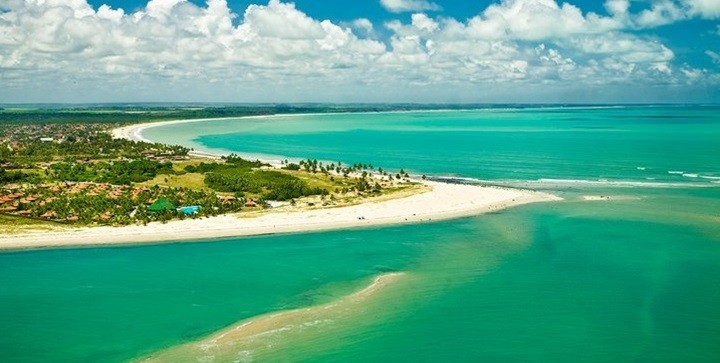
Along the 15 km stretch of beaches are: Costinha, Fagundes, Gameleira, Ponta de Lucena, Lucena, Camaçari and Bonsucesso. In these, it is possible to observe a mixture between light and dark sand throughout the strip.
Another attraction much sought after by admirers of sports and adventure are the ecological trails, many with natural Atlantic forest and lagoons with transparent waters.
The trails can be done on foot, motorcycle, bicycle and 4×4 car. The ruins of the Nossa Senhora do Bonsucesso Church are a spectacle in itself.
Church of Nossa Senhora da Guia
Church of Nossa Senhora da Guia in Lucena is listed by the Institute of Historical and Artistic Heritage of the State of Paraíba (Iphaep).
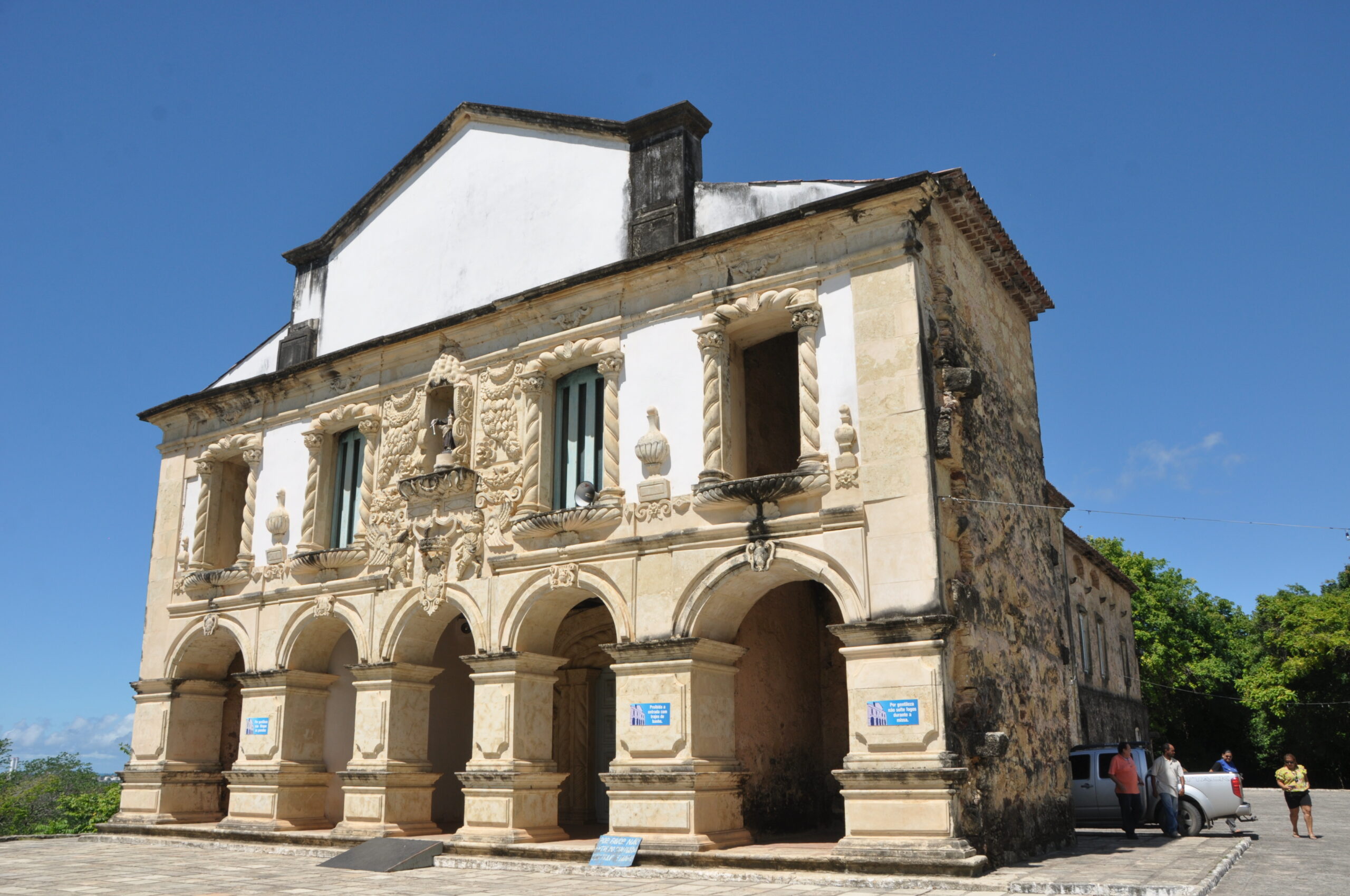
However, another important historical-cultural attraction is the Sanctuary of Nossa Senhora da Guia, located 9 km from the city center. The church was built on a cliff with a full view of the mouth of the Paraíba River.
The oldest historical records about this church indicate that, in 1591, on the same hill where it is located, the Carmelites founded a primitive chapel, intended to serve as a base for catechizing the Indians.
The site was privileged, being on a high point near the mouth of the Paraíba River, opposite the port of Cabedelo. Along with the chapel, a convent was also built, which belonged to the same province as the Carmelites of Recife, Goiana and Paraíba (the former name of João Pessoa).
Many years passed, and the complex was directly influenced by the Dutch invasion in the 17th century.
Even from the promontory where the church is located, it is possible to see the Cabedelo Fort, one of the most strategic places of the time.
According to the chronicles of Friar Lino do Monte Carmelo, the current temple began to be built around 1730. The old church was demolished in 1763, and a few years later, the works of the new church were almost finished.
The responsible for this enterprise was Friar Manoel de Santa Tereza, a native of Recife, who would later undertake an institutional reform in the Carmelite order of Bahia.
This church, one of the most unique in Brazil, was dedicated to Our Lady of Guia – a title that venerates Mary as the patron saint of sailors.
Although it was not completed (the upper part of the façade was unfinished, and the towers were not built either), it has its decorative elements entirely carved in limestone – façade, window frames, portals, and even the altars.
It is the only church from the Baroque period in Brazil that has the main altar carved in stone. In addition, the front has five arcades called ‘galilee’, a feature of Franciscan buildings in the Northeast, but which was assimilated here by the Carmelites.
In the 19th century, the Carmelites left the place, which was abandoned for many years. As a result, the convent was demolished and only the church remained, preserved by devotees.
However, in recent times, the Carmelite order has returned to be responsible for the church, and remains there conducting all the religious functions of the temple.
2.3 Barra de Mamanguape
Barra de Mamanguape is one of the most important natural areas in the Brazilian Northeast.
There are extensive mangroves, forest remnants of the Atlantic Forest, sandbanks, dunes, cliffs and reefs, which make up a rich mosaic of ecosystems and are home to a great diversity of animal and plant species.
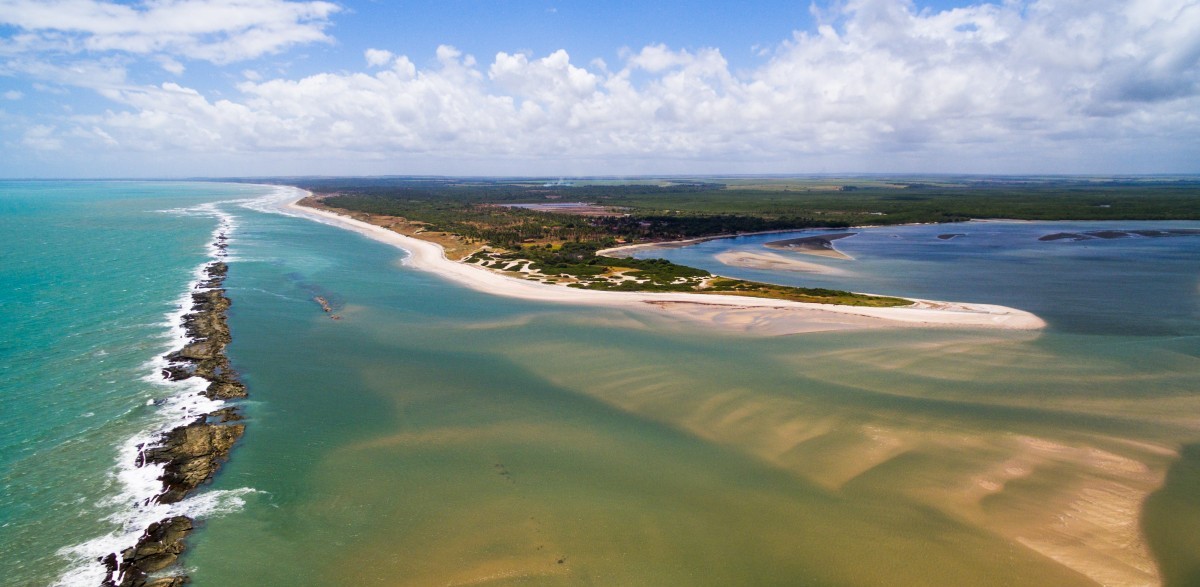
District of the city of Rio Tinto, the area is surrounded by a region intensively occupied by sugar cane cultivation.
The region also protects a significant number of traditional fishing communities and indigenous villages, for whom the proper use of natural resources is basic to their physical and cultural survival.
The population is the result of the miscegenation of Potiguar Indians, blacks and whites, and has a close relationship of dependence on the forest and mangroves to ensure their survival, livelihood and maintenance of cultural patterns.
It has great empirical knowledge of natural phenomena, potentials and products available in nature, especially in relation to the aquatic environment.
In the area there are 36 communities, in addition to the headquarters of the municipalities of Rio Tinto and Marcação. Part of the villages are indigenous villages of the Potiguar Indigenous Area, on the north bank of the Mamanguape River.
Barra do Rio Mamanguape is a relatively isolated area on the northern coast of the State of Paraíba. Tourists who visit the place can take a boat trip, get to know the reefs and the place where manatees and other marine animals live. It is possible to explore the flora of the region through trails, in addition to meeting indigenous communities.
Barra de Mamanguape is a small village and preserved nature. The place has a beautiful deserted beach, a huge river full of life, where the headquarters of the Peixe Boi project is located.
The village is located on the north coast of Paraíba, about 96 km from the capital, the village does not seem to be a common destination for tourists due to the access being by clay roads.
One of the rare stretches of the coast of Paraíba that have managed to resist the onslaughts of disorderly occupation, the Mamanguape Environmental Protection Area is home to a fishing village and some of the most beautiful beaches in the state.
Campina beach, with its strong waves, attracts surfers above all.
At Praia do Oiteiro, equally good for surfing, the highlight is the landscape marked by reddish cliffs and lush coconut trees.
Since 1985, the Peixe-Boi Project, of the Ibama Aquatic Mammals Center (CMA/lbama), has been operating in the Barra de Mamanguape: visiting this base is a rare opportunity to see manatees in their natural environment.
These animals usually reproduce in the calmer waters of estuaries, but as these areas are increasingly silted up, females end up giving birth at sea. Fragile, the young are carried by the waves and, with luck, run aground still alive on the beach.
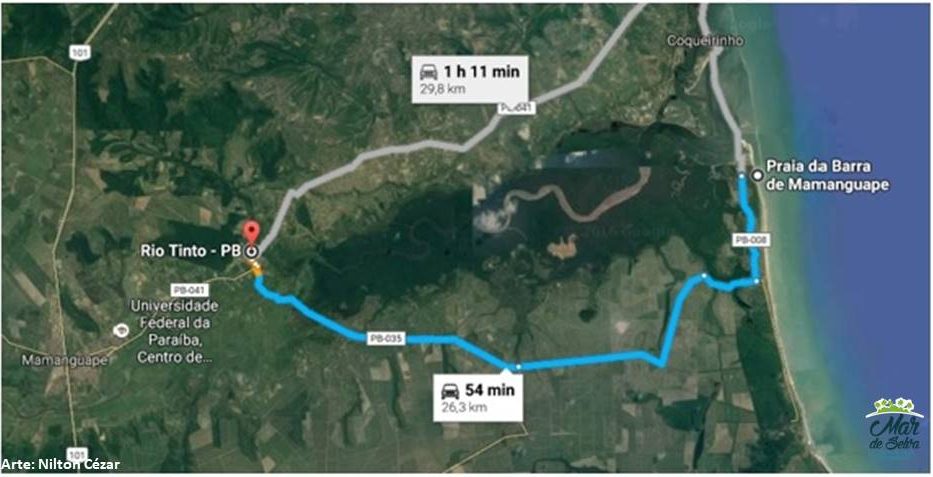
It is at this moment that the project team comes into action. The manatees are taken to the gamboa, where they stay until they go to the rehabilitation unit of the species, located on the island of Itamaracá (PE).
At the base of Mamanguape there is a wooden structure lookout from where you can observe the animals and the mangrove (it is essential to bring repellent), as well as a shop that sells stuffed manatees, made by residents of the village (estr. da Barra de Mamanguape, s/n, Rio Tinto).
2.4 Baía da Traição
The origin of the name is remote: the first Portuguese explorers already called it Baía da Traição in reference to an ambush of Indians or, according to another version, a mutiny of sailors.
The name has survived the memory of the incident, just as the exuberant landscape has resisted the passage of time unscathed.
Baía da Traição in Paraíba has beaches often surrounded by cliffs, and is home to indigenous Potiguares.

With 24 villages spread over more than 20,000 hectares, Baía da Traição – 85 kilometers from João Pessoa via BR-101 – maintains a Culture and Tourist Support Center that guides visitors willing to get to know the communities, where there are handicraft sales stations (Rua Ednilson de Medeiros, s/n).
Three other programs can be done in the city: a catamaran ride on the Camaratuba River, a dip in the warm waters of the Encantada Lagoon and, on the way there or back, a stop in Rio Tinto, an English-style industrial town that has remained as if stopped in time.
Baía da Traição is home to the state’s only indigenous reversion, where the Potiguaras Indians live. It is a place of beautiful beaches, many suitable for surfing.
The last beach on the north coast of Paraíba, already on the border with the State of Rio Grande do Norte, Barra de Camaratuba, can be considered the most beautiful beach on the coast of Paraíba.
2.5 Barra de Camaratuba
On the right bank of the Guaju River, in the center of the PB/RN border region, is the fishing village of Barra de Camaratuba.
Approximately 110 km from João Pessoa/PB and 120 km from Natal/RN, this is the last District of the State of Paraíba, belonging to the Municipality of Mataraca.
Nestled between two large ecological reserves, “Barra”, as the natives call it, is what can be called a tropical paradise.
Barra de Camaratuba is an icon of sustainable and conservationist tourism development, with a focus on ecotourism, rural tourism and adventure tourism.
Privileged by its natural and wild exuberance, the beach provides visitors with several tours to get to know the charms and magic of the region.
In addition to exciting buggy rides along the extensive beaches connecting Paraíba to Rio Grande do Norte, tourists have the opportunity to visit the indigenous reserve of the Potiguaras, experiencing the customs and dances with the natives.
Access to the indigenous reserve can be done by boat or raft, through the mangrove.
3. South Coast of Paraíba
Inaugurated two years ago by the state government, the fully asphalted coastal highway PB-008 has facilitated access to the beaches of the southern region.
The South Coast of Paraíba has paradisiacal and often deserted beaches and has more than 70 kilometers of clear water beaches.
On the South Coast, the scenery is more exotic. Among the beaches you can mention Barra de Gramame, Praia do Sol, Praia do Amor, Jacumã, Coqueirinho, Carapibus, Praia Bela and Tambaba.
The latter is the first naturist beach in the Northeast and is also known for hosting naturist surfing championships. One way to get to know the main beaches of the South Coast is through buggy rides.
The beaches belong to two municipalities of Paraíba: Conde and Pitimbu.
A great advantage of Paraíba in relation to the other states of the Northeast is the short distance between the beaches and the capital.
3.1 Gramami Beach
The first of them is Praia de Gramami, a nice cove adorned by coconut trees, only 14 km away from João Pessoa.
There, tourists enjoy warm and calm waters, ideal for families with children.
Leaving the beaches of João Pessoa behind, from Cabo Branco you have access to the most beautiful seafront of the coast of Paraíba.
3.2 Pitimbu Beach
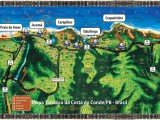
On a 71-kilometer route to Pitimbú Beach, it is recommended to stop at the Cabo Branco lighthouse, from where you can have a panoramic view from the top of the viewpoint and see the easternmost point of the Americas.
3.3 Praia do Amor
Next to it is the Praia do Amor, which has as its symbol the arch of the pierced stone.
Tourist couples in love follow the tradition of passing through the crack of the stone hand in hand.
The next beach is the Praia de Jacumã on the coast of Paraíba, and that like the Praia de Gramami has bars and restaurants.
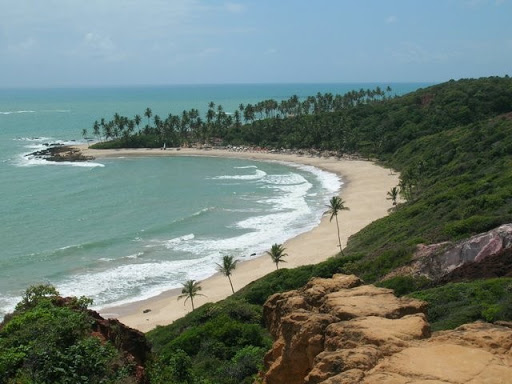
The Barra do Garaú or Graú as some call it, is a practically deserted beach, perhaps this is due to the access not being as easy as the other beaches on the south coast. You have to go by praia Bela or by a trail, which only locals or guides know. But the view is worth the walk, it is a beautiful beach, practically deserted;
3.4 Beach of Jacumã
In Jacumã, with a scenery adorned by an emerald sea, there are numerous inns, as a lodging option, as well as summer houses.
Tourists who prefer to enjoy the beaches of the south coast can board a buggy in Jacumã and go to Coqueirinho beach, along the shore.
Unlike other more popular beaches in the Northeast, here people can enjoy such wonderful scenery in a climate of total tranquillity.
There are several kilometers of white sand, crystal clear waters, vast coconut groves and cliffs of singular beauty.
And it is exactly the “lack” of hype that gives charm to some points of the shore, which remain practically deserted, agitated only by the swing of the fishermen’s net at the end of the day.
With their simple habits, the Paraibans bring to the tourist activity what their peers sometimes lack: peace and quiet.
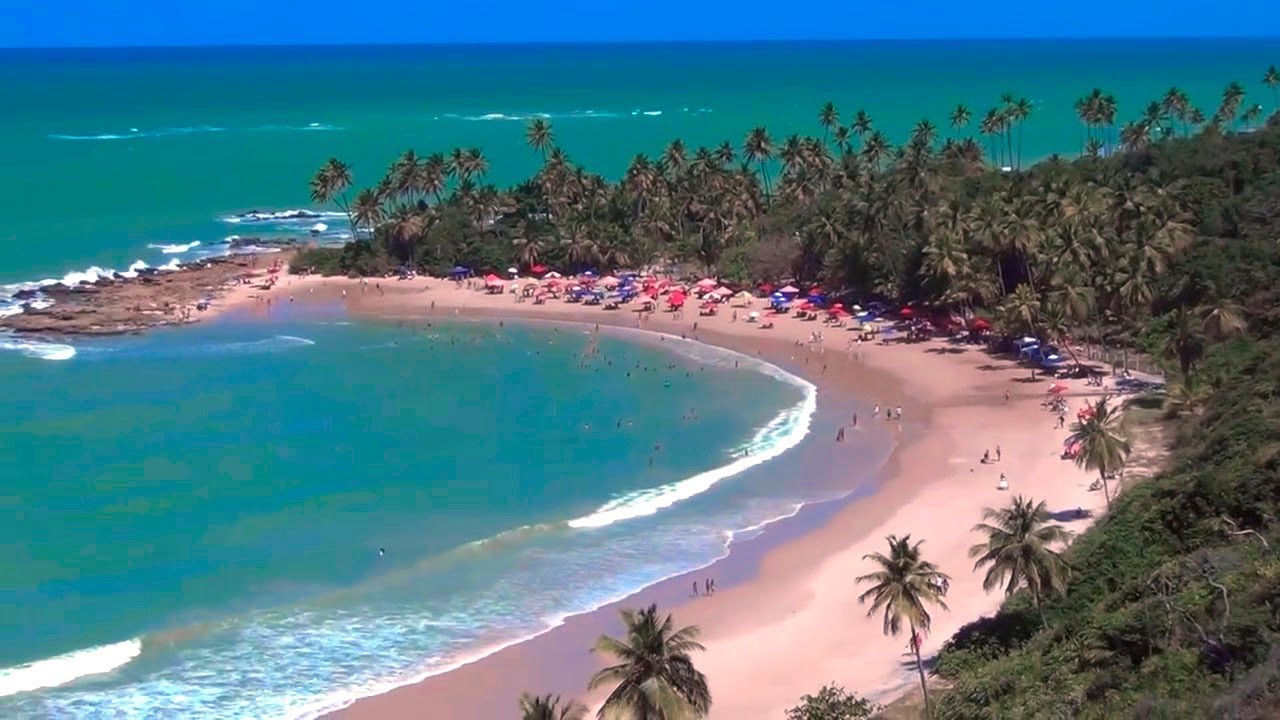
Before arriving at the Praia de Coqueirinho on the coast of Paraíba, next beach, take a stop at the Dedo de Deus viewpoint, a plateau of difficult access where you have a privileged view of the beach.
A breathtaking view leaves tourists ecstatic.
3.5 Coqueirinho Beach
In Coqueirinho there are bars along the shore, calm waters and cold coconut water.
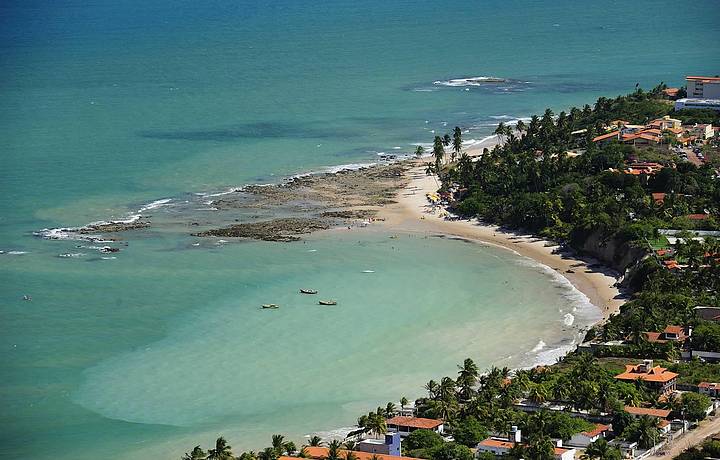
3.6 Carapibus Beach
The next stop is the Praia de Carapibus, whose cove, surrounded by coconut trees is a true postcard of nature.
The place even has accommodation options, buggy or boat trips, as well as being sought after for diving on islands formed by coral reefs.
Then it is the turn of Tambaba on the coast of Paraíba, which is a naturist beach.
It is worth remembering that a part of the beach is used by bathers normally. There, nudism is prohibited.
The reserved area has entry and exit control by the Tambaba Naturism Society.
3.7 Tambaba Beach
The Tambaba beach is the best known beach in Jacumã and an official point for the practice of naturism.
Access is controlled, and bathers must store their clothes in bags distributed at the entrance.
The rules are strict: it is not allowed to photograph or film the place, where only men accompanied by women enter. Before the naturist area, there are 200 meters of beach reserved for those who prefer to remain dressed.
Located 20 kilometers from João Pessoa, the naturist beach became even more accessible after the inauguration of the Via Litorânea, which connects the capital to the border with Pernambuco. This has reduced the travel time by about half an hour, freeing tourists from the heavy traffic of the BR-101 highway.
The first beach in the Northeast officially designated for naturism is also known as an ecological sanctuary.
Ornamented by a practically virgin forest and a maze of colored sand, the result of the action of the wind on the cliffs, Tambaba is a true paradise.
The entire southern coast of the state is composed of beaches with rock formations, such as Praia do Amor, Jacumã, Coqueirinho and Tabatinga, the latter two points of practice of camping.
See also Best beaches of João Pessoa, south and north coast of Paraíba
Tourism and Travel Guide of the Paraíba Coastline
